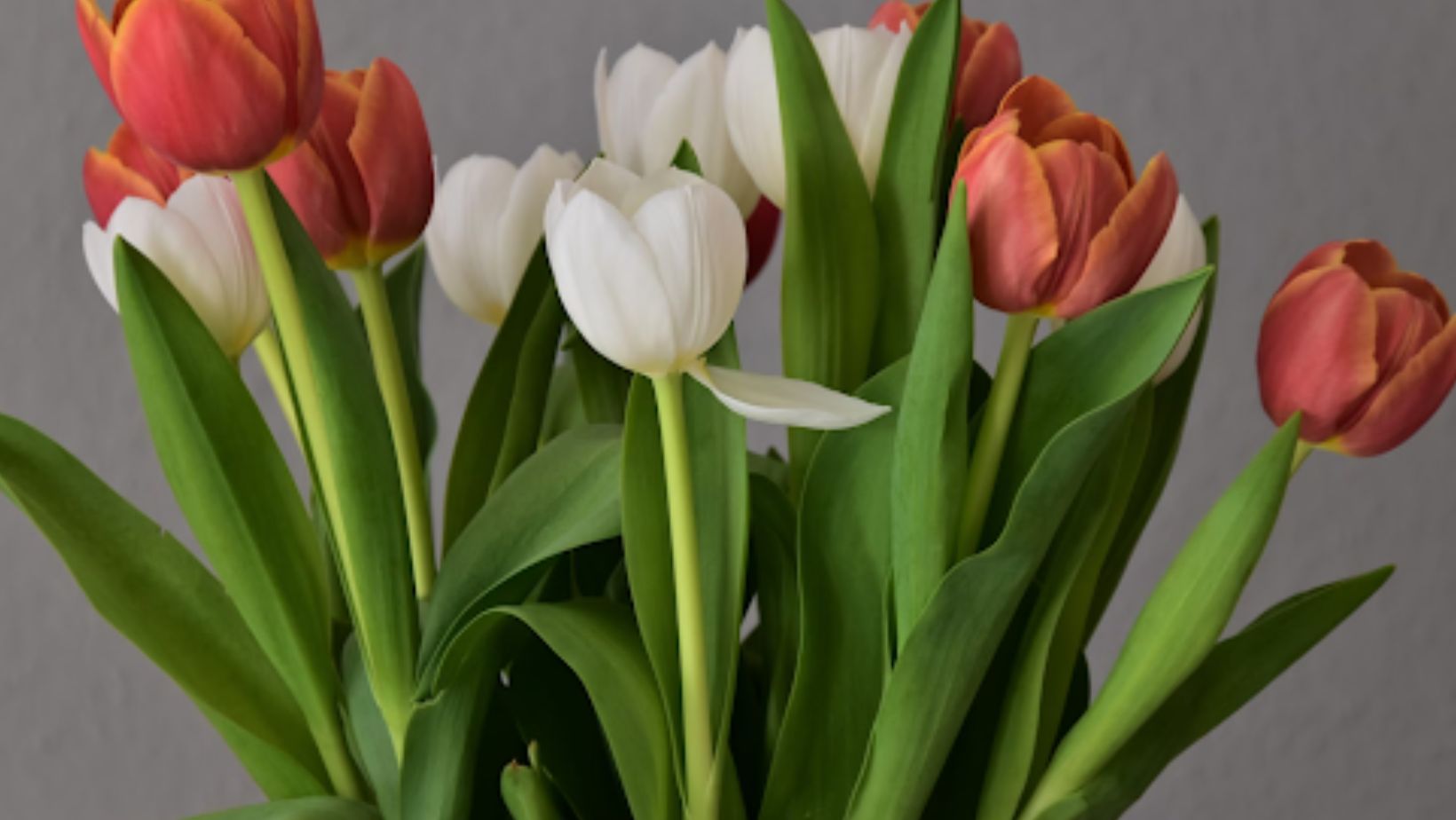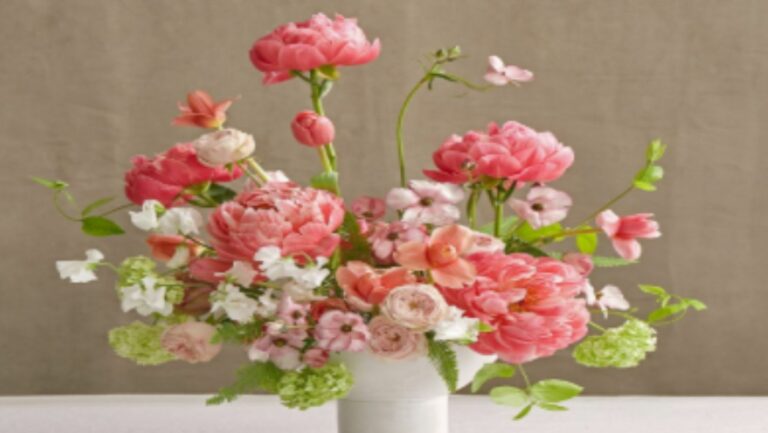
The Calming Power of Tulips: More Than Just a Pretty Flower
There’s something uniquely comforting about tulips. Their gentle curve, satin-smooth petals, and vivid yet balanced colors evoke a sense of serenity that feels effortless. Unlike the dramatic rose or the exotic orchid, tulips exude a quiet elegance that soothes rather than overwhelms. But beyond their visual appeal, tulips possess a subtle, often overlooked power to influence our emotions and environments in ways that are both calming and restorative. This is not merely a poetic sentiment—science and centuries of cultural association both suggest that tulips can have a meaningful impact on our well-being.
Many people are turning to nature-inspired practices to manage stress and enrich their daily lives. The presence of flowers, especially tulips, is emerging as one of the most accessible methods to cultivate peace at home. A farm-fresh tulip flower arrangement, for instance, doesn’t just brighten up a table—it can lift moods, reduce tension, and even support mental focus. Tulips are proving themselves to be more than a symbol of spring or a decorative flourish—they are becoming part of a mindful lifestyle rooted in beauty and balance.
A Flower with Centuries of Peaceful Symbolism
Tulips have always held a special place in the hearts of people and their homes. They were cultivated since the Ottoman Empire, when they were regarded as a paradise on earth, and they were planted in royal gardens as a sign of peace and harmony. Tulips were introduced to Europe, and they later sparked the so-called Tulip Mania in the Netherlands in the 17th century. The cultural background was rooted in aesthetic appreciation and emotional attachment, although history tends to remember that time as an era of economic excesses. The reason people were attracted to tulips was not only because of their rarity but also because of the peace that their shape and color brought.
This historical connection of peace and paradise has not been lost. To a variety of contemporary cultures, tulips represent pure love, neither the romantic, stormy type, but more of the calm and reliable, caring love. No wonder, tulips are a popular present not only on romantic holidays but also when a person is in need, e.g. when he is ill or grieves, as the emotional support is the most important at that time. They are almost like a comforting hand on your shoulder: quiet, hot, and earnest.
Psychological Advantages of Tulips in Daily Life
Flowers have been scientifically proven to affect our mental health; something that many people have always known intuitively. Various studies have shown that the mere presence of flowers can enhance mood, decrease stress levels, and increase creativity. The simple, symmetrical form and gentle, varied color range of tulips make it especially good at setting a relaxing mood. The brain also prefers symmetry and smooth curves, which are abundant in the design of the tulip.
Tulips are also calming because of their color. The white tulips are associated with purity and calm, whereas pink tulips promote love and emotional freedom. The yellow tulips, which are used to represent happiness, contribute a bit of cheerful serenity as opposed to a frantic liveliness. Even the red tulips, which are typically considered bold, have a solid richness that suggests depth instead of drama. The combination of mixed tulips into a bouquet can help form a gradual gradient of emotional support —a gentle reminder that peace comes in diversity.
Tulips in Mindful Lifestyle
Being present and purposeful is what mindfulness is all about, and tulips offer a natural way to practice it. Taking care of a bouquet of tulips, for example, promotes such small yet significant practices as clipping the stems, changing the water, and watching as the petals open up over the days that follow. Such silent gestures also welcome a pause in the digital tornado and draw you into a more relaxed, mindful pace. You get sensitive to the variations of light, smell, and form, all the time growing a living object of beauty.
A mindful space can also be anchored using tulips. Both interior designers and wellness experts typically recommend incorporating natural elements to mitigate adverse environments. Vertical, yet still delicate, tulips do not overpower modern interiors, introducing the outside world without making it too crowded. Even one vase on a windowsill or nightstand can be more than a decoration; it can be a daily decompression device.
Tulips as an Apathetic Gift to Show Emotional Support
Tulips are a gentle yet thoughtful way of showing care and support through gifting. Although flowers in general have traditionally been used as a form of emotional expression, tulips resonate in a different tone due to their low-key appeal. They do not scream; they are calm. A tulip bouquet sends the message, I am thinking of you, in a tone that is not obtrusive.
Tulips are particularly suitable at those times when words can fail. They can be silent motivators in times of transition, such as when one is changing jobs, moving to a new home, or undergoing a healing process. They are not telling people what to do; they are giving them the authority to do what they want. They enable the receiver to experience what they must experience, as well as giving them a sense of connection.
Conclusion: The Depth of Simplicity Rediscovered

Tulips do not only make a pretty flower. In their beauty is a subdued power, a soothing energy that makes us want to take our time, experience more, and be in the moment. It can be the tulip flower, the bouquet on your kitchen table, or the single tulip that you see in a spring garden. But you are not just looking at it; you are feeling it, experiencing it, and even touching it, perhaps even on a spiritual level.



